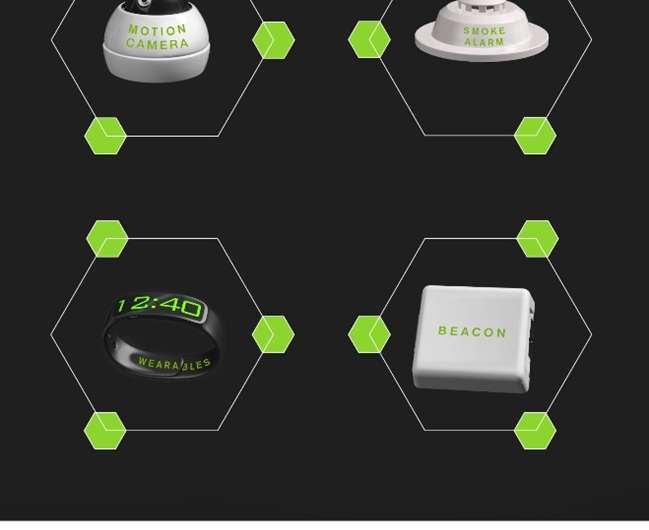An energy harvesting technology that its developers say will be able to turn ambient radio frequency waves into usable electricity to charge low power devices was unveiled in London on Wednesday.
Former British science minister Lord Paul Drayson launched "Freevolt" in a theatre at the Royal Institution, where electromagnetism pioneer Michael Faraday delivered his lectures in the mid-19th century.
Drayson demonstrated the energy created by the signals from mobile phones being used by attendees at the presentation before utilising it to power a loudspeaker in the lecture hall.
The Freevolt technology has a multi-band antenna and rectifier—a type of battery that converts alternating current to direct current—and is "capable of absorbing energy from multiple radio frequency bands," its developers Drayson Technologies and Imperial College London said in a statement.
"Companies have been researching how to harvest energy from WiFi, cellular and broadcast networks for many years," Drayson said.
"But it is difficult because there is only a small amount of energy to harvest," he said.
John Batchelor, professor of antenna technology at the University of Kent, told AFP: "The idea isn't too far-fetched—and I'm sure it'll be improved."
"The problem with this technology is that available energy can go up or down, and this will happen with radio frequencies," he added.
Batchelor also questioned whether use of the technology might impact mobile phone signals, though he said that the low level of harvesting used by Freevolt made this unlikely.
"If you harvested too much energy from radio waves that would be theft, but what they are talking about is a bit like dropping a sponge in the sea—it will have little knock-on effect."
More information: www.getfreevolt.com/
© 2015 AFP






















